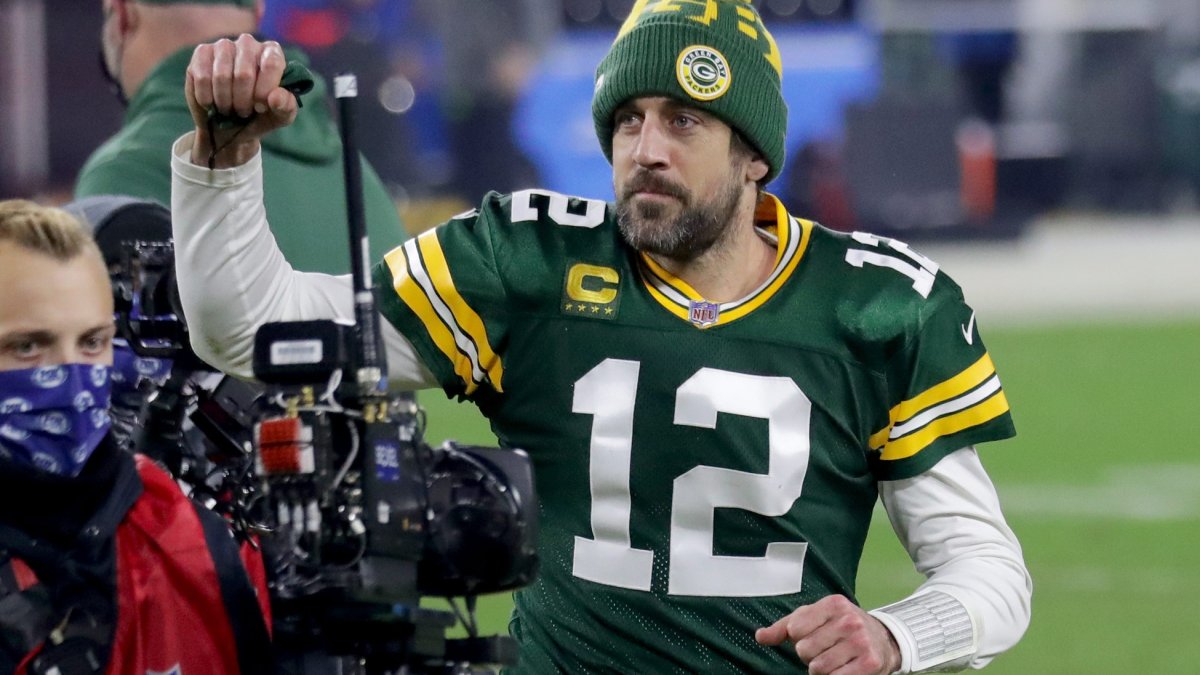It’s now clear that Aaron Rodgers will have to wait at least another year to raise the Lombardi Trophy again, but he will most likely take home MVP honors the night before Super Bowl LV.
It had been six years since Rodgers had an elite season from start to finish, so his stellar 2020 season came a bit out of nowhere, even though it was somewhat obvious that Rodgers still had such a season in him. And naturally, fans and analysts alike will credit the second year of the pairing between the star quarterback and Matt LaFleur, the head coach and offensive playcaller who came to Green Bay in 2019.
While Matt Ryan’s and Kyle Shanahan's excellent 2016 season in Atlanta has long been the prime example of a veteran quarterback turning it on in the second year with a new coach, it’s now safe to say that Rodgers’ 2020 season will forever exist in that same realm.
Does the second-year effect exist?
Do quarterbacks produce better results in the second year with a new offensive playcaller? To answer this, we consider quarterbacks in at least Year 3 of their career since the general effect of the second-year leap for quarterbacks after their rookie seasons would shift the numbers in favor of the second year of a quarterback-coach pairing.
Even after carefully removing this kind of selection bias, the first look at the numbers seems to confirm that the second year of a pair tends to be better: In seasons with at least 200 dropbacks in which a quarterback paired up with a new offensive playcaller for the first time, quarterbacks averaged 0.037 expected points added (EPA) per pass play and earned a raw PFF passing grade of 0.043. In seasons with at least 200 dropbacks in which a quarterback paired up with a new offensive playcaller for the second season, quarterbacks averaged 0.082 EPA per pass play and earned a raw PFF passing grade of 0.052.
The differences look pretty significant, as they equal roughly half a standard deviation for both metrics on the season level.
Can we stop our analysis at this point and conclude that the second year is expected to be better for quarterbacks and playcallers? Not so fast — we weren’t comparing apples to apples because the numbers for pairings in the first year also included pairings that didn’t even make it to Year 2. Consequently, this analysis is subject to survivorship bias because pairings that worked well in the first year tend to stay together for a second year.
When looking only at pairings who stayed together for at least two years, the effect of the second year vanishes: In the first year, quarterbacks average 0.086 EPA per pass play and a raw PFF passing grade of 0.052; in the second year, these numbers are (as in the previous paragraph) 0.082 and 0.052.
Exclusive content for premium subscribers

WANT TO KEEP READING?
Dominate Fantasy Football & Betting with AI-Powered Data & Tools Trusted By All 32 Teams
Already have a subscription? Log in



 © 2025 PFF - all rights reserved.
© 2025 PFF - all rights reserved.